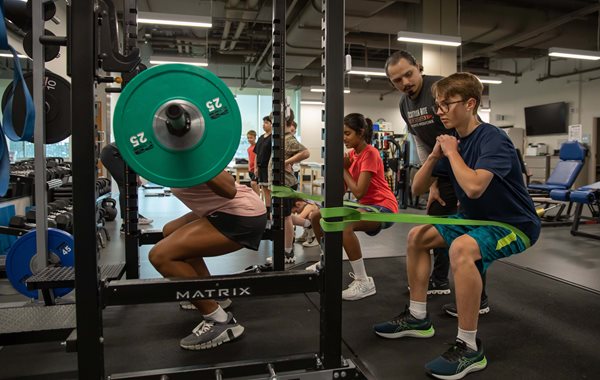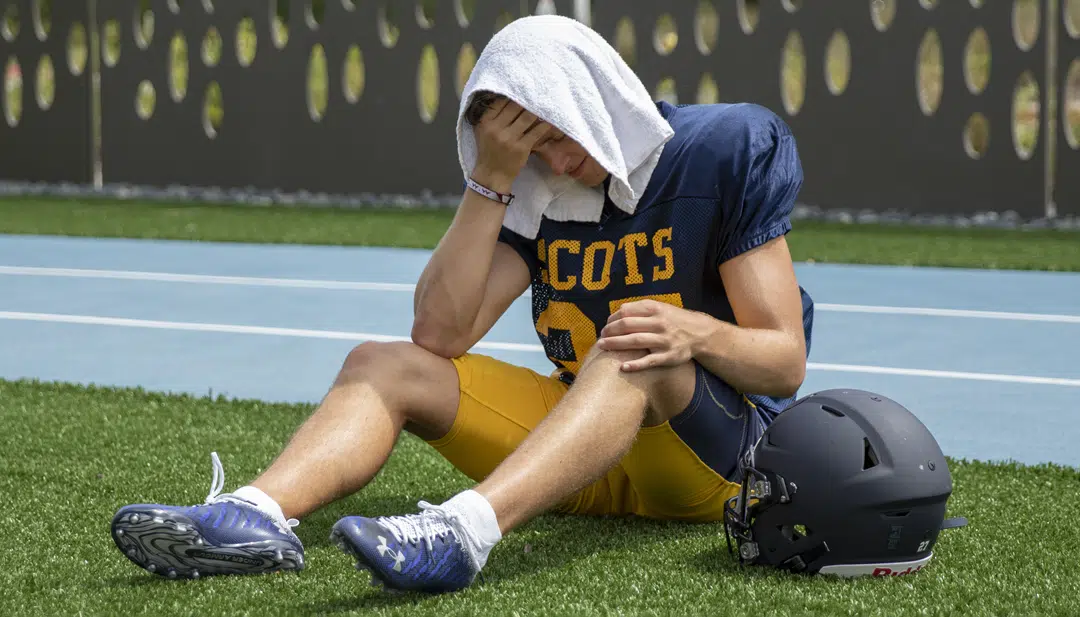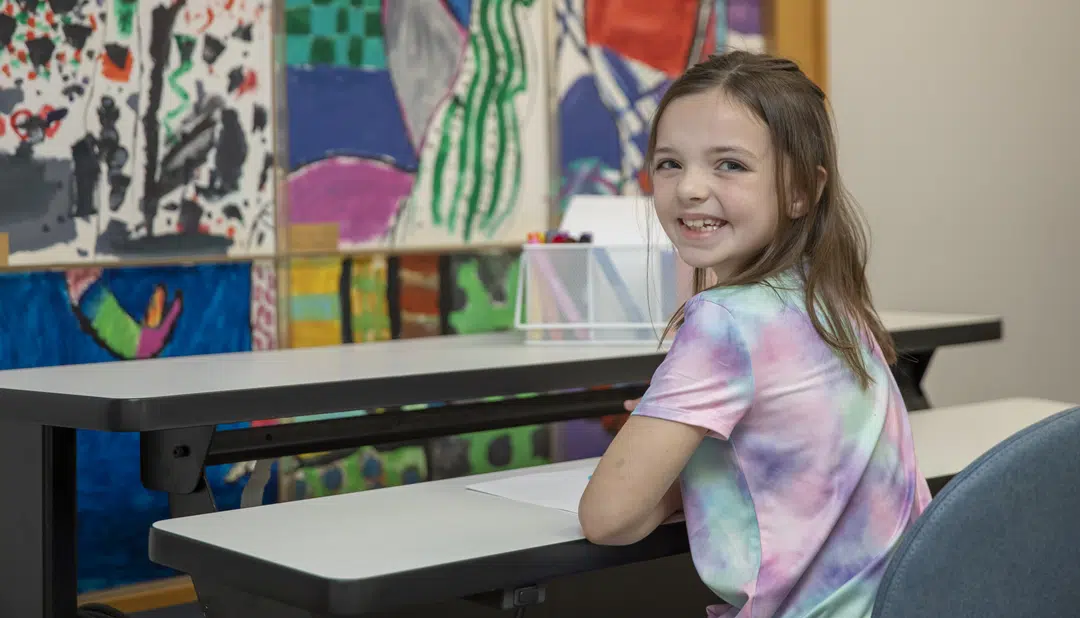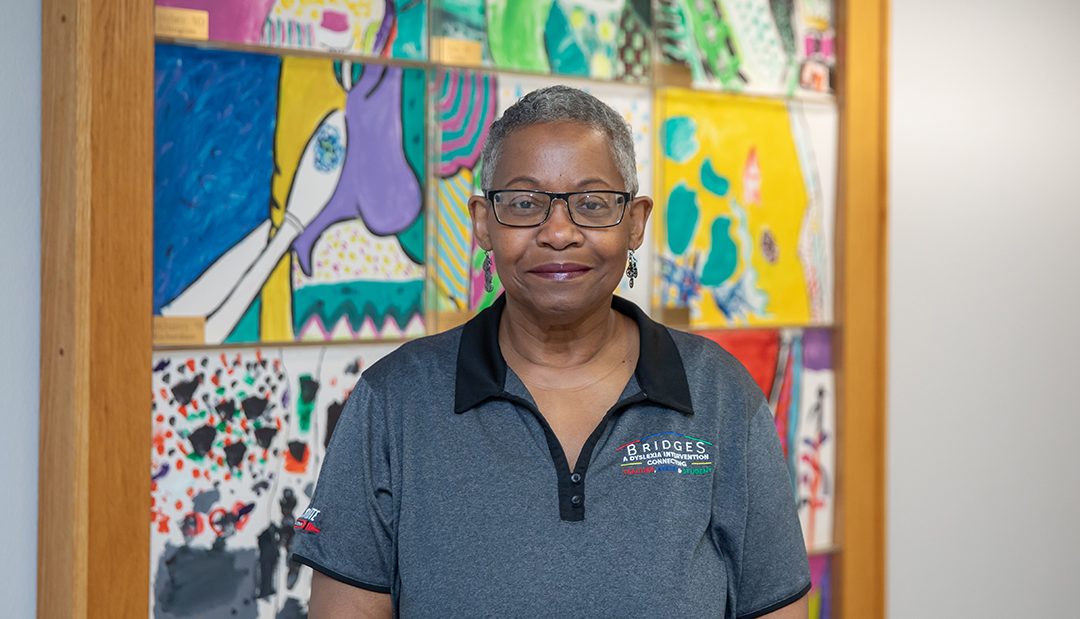
Get to Know our Staff: Sheila Burton Adams, Center for Dyslexia
I am an assessment specialist on the Diagnostic Team in the Luke Waites Center for Dyslexia and Learning Disorders.
What do you do on a daily basis or what sort of duties do you have at work?
My primary duties are two-fold. One, I provide a comprehensive evaluation for the child whose family has concerns that a learning difference is interfering with their child’s academic progress and performance. Secondly, I share the results of the evaluation, describing the child’s strengths and challenges, and provide recommendations for the next steps the family can take to support their child. Evaluation results and recommendations are shared during a telemedicine consultation and in a final written report.
What was your first job? What path did you take to get here or what led you to Scottish Rite? How long have you worked here?
I worked as a school psychologist in Dallas ISD’s Psychological Services department for nine years prior to joining the Center for Dyslexia staff.
I first learned of Scottish Rite for Children as a parent. A few years later, a coworker of my former husband told him about the job posting for the assessment specialist position in the Center for Dyslexia, and I applied. I celebrated my 25th anniversary as part of the Center for Dyslexia Diagnostic Team in August this year.
What do you enjoy most about Scottish Rite?
I enjoy learning from the children I evaluate, having the opportunity to help them and their families understand what their strengths and challenges and providing recommendations and resources that will support these children as they continue their academic journey.
I also enjoy working with my colleagues in the Center for Dyslexia. They are my work family and some of the most compassionate, generous, intelligent and creative people I’ve ever had the privilege to know.
Tell us something about your job that others might not already know?
A comprehensive evaluation encompasses parent and teacher observations as well as the “whole child,” including his/her cognitive functioning, receptive and expressive language skills, educational opportunities, academic skills and behavioral/emotional functioning and health.
Where is the most interesting place you’ve been?
I have visited the beaches at the Pacific Ocean (California) and Atlantic Oceans (Florida).
If you could go back in time, what year would you travel to?
I would travel back to 2019, which was the last year my family and I were together for Thanksgiving prior to the pandemic.
If you could only eat one meal for the rest of your life, what would it be?
My one and only meal would be pepper beef steak and broccoli, brown rice, egg rolls with sweet and sour sauce, iced tea (half-sweetened, half unsweetened), and frozen fruit bars for dessert.
What is your favorite Halloween costume that you have worn?
I once wore a toga.
What’s one fun fact about yourself?
I really enjoy oceanography and astronomy.


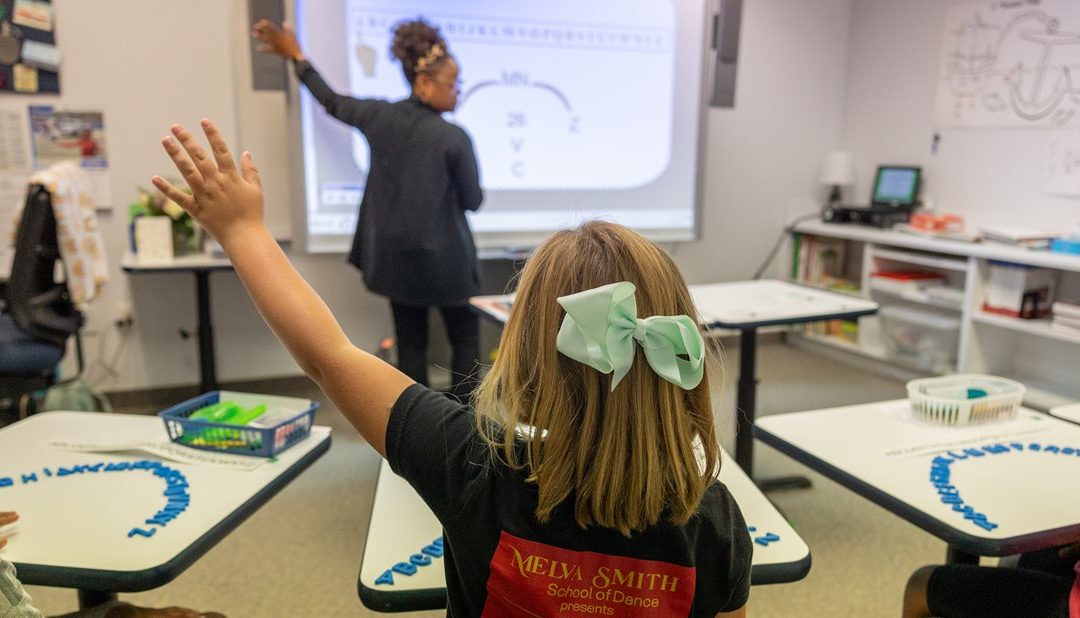
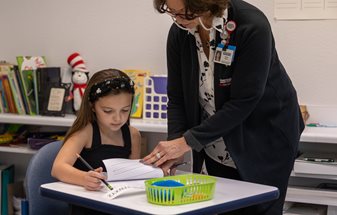

-LR.jpg?width=600&height=378)
